- Availability: Out Of Stock
- Made & Mkt by: Gaatha
- Product Code: 3788-GW21-03
- Weight: 800.00g
- Dimensions: 20.00cm x 17.00cm x 30.00cm
The typical dispatch time is 2-3 days; however, in special cases, it may take longer. Please refer to the product details section for specific timelines. Once dispatched, we will share the tracking details with you.
For returns, you can file a request within 24 hours of receiving the product. If the package is damaged, please make a video while unboxing and share images of the damaged item along with your return request.
9328006304 ( WhatsApp )

Meet Mr. Sudhamay Das. When this 55 year old gentleman retired from his government job, little did he realize that within him lived a passionate doll maker. In his 10’ x 11’ workshop, a man infuses life into clay, a man sows seeds of expression into little loams of earth and a man, gives his creative indulgence, a professional virtue. While these dolls aren’t blessed with the gift of gab, yet they almost strike a conversation with their distinguished verve in expression.

The craft of doll making is practiced by many ‘anonymous genius’ in Krishnanagar (Nadia district), West Bengal. Genius, because the ability to infuse details like delicacy of expression in miniature modeling isn’t mere creative flair. Anonymous because well…we hadn’t heard of it until this post came along!

A skill that has almost 250 years of inspiring history to it, Krishnanagar dolls have come a long way as an art that carries the wisdom of generations with it and yet represents a unique breakaway from the traditional form.Craftsmen practicing this craft belong to the community called ‘Kumbhakaras’ (kumbha – earthen pot, akar – to form) constituting potters and clay modelers. What started as an art practiced by a couple of families has now become a community exercise with over 300 people, including women and children involved in the craft today.

Maharaja Krishna Chandra (1710–1783), a patron of arts, supported the production of clay dolls. As a pioneer who started Kali pooja, Jagadhatri pooja for the first time in Bengal, he encouraged the local artisans and brought in more potters from Dhaka & Natore districts of Bengal to the Ghurni- a neighbourhood of Krishnanagar. Hence, started the Bengali tradition of clay image making, which is indeed a celebrated feature of the culture to this day.

The dolls as they appear are crafted out of clay that is locally available off the banks of the river Jalangi. The strength of clay may be increased with the addition of admixtures like cotton, rice husk, saw dust, loam or sandy soil. Individual components of the model are crafted out of clay and assembled on the metal wire framework, which supports the clay and can be bent to form desired postures. As modeling and detailing are accomplished with hand, final finishes are applied.

Some locally crafted tools made of bamboo and kamni wood are used in this process are, Chirage (a flat and pointed tool used for fine detailing in clay), Basua (a blunt tip tool used to create folds of simulated clay clothing). Besides these, knives of different sizes are used for scraping and brushes of varying sizes made ofhorse/goat/hag hair are utilized based on requirements. Consequently the model may be placed under the sun for drying, followed by firing.

Eventually, it may be subjected to the penultimate life-giving step i.e coloring. With colors ranging from powdered pigments, dyes, water colors to poster colors, priceless expressions are earnestly painted on the teeny anatomies of the dolls. Powder color is mixed with water and adhesives. These adhesives are at times a local preparation made using fried tamarind seeds which on prolonged soaking, drying, peeling, grinding and boiling yield a sticky viscous liquid with a strong adhesive property. The luster found in these colors may be attributed to corn flour. A coat of varnish supplements the shine. Generally green, red, blue and yellow colors are the preferred flavors of clay besides its original color. The colored dolls are then sun dried. And ultimately the dolls may be further varnished (if required) and clothed. Designed for dolls is a miniature wardrobe, which carries fabric garments for the minuscule clay populace.

Only 10 in every 100 craftsmen today believe they are doing well at doll making as a profession. the poor knowledge amongst the artisans about sales and marketing, the market is defiantly not as commercially viable as it can be. Besides, the craftsmen as a usual trend today find it more fulfilling to move to bigger cities like Calcutta where occasions (seasonal and otherwise) give their skill the raison d’être to persist. Nevertheless, doll making is passion personified and an admirable piece of indigenous art, which will find an increased number of takers as public awareness increases.Craft Documentation by~M. S. Swarup & Sujay Das
| Craftsmen | |
| Made by | Simanta Pal |
| City | Ghurni, Krishna Nagar |
| Returns and Exchange | |
| Note | The items in this category are non return & refundable. |
| Material | |
| Made of | Clay, Wire, Paint |
| Instruction | |
| About Sizes | 6.6" x 2" x 2" (Approx) |
| Restrictions | |
| International Shipping | Not Available ( For international shipping Contact on WhatsApp or Email us ) |











.jpg)
.jpg)
.jpg)
.jpg)

-80x80w.jpg)
-80x80h.jpg)
-80x80h.jpg)
-80x80h.jpg)

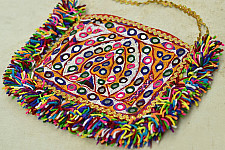
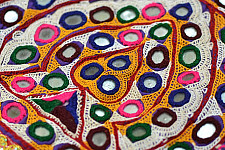
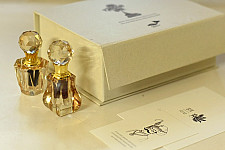
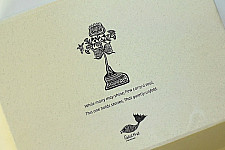
-225x150w.jpg)
-225x150w.jpg)
-225x150w.jpg)
-225x150w.jpg)
-225x150w.jpg)
-225x150w.jpg)
-225x150w.jpg)
-225x150w.jpg)
-225x150w.jpg)
-225x150w.jpg)
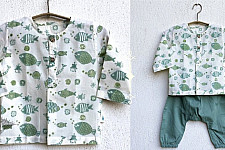
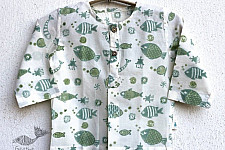
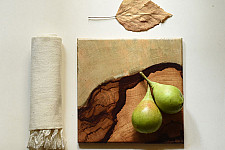
-225x150w.jpg)
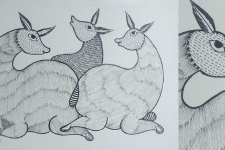
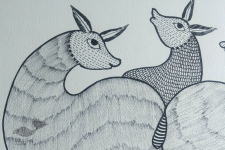
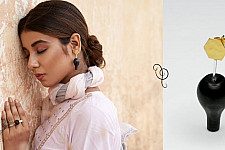
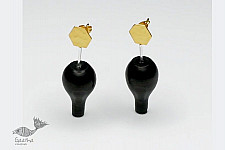
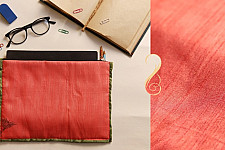
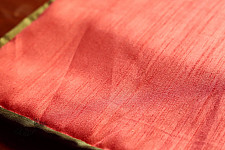
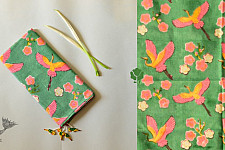
-225x150w.jpg)
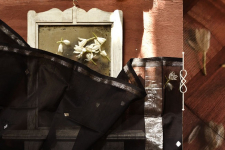
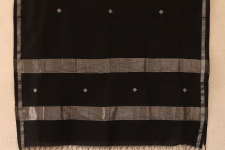









-225x150w.jpg)

-225x150w.jpg)

-225x150w.jpg)

-234x234w.jpg)